VISITING STORM IMPACTED COMMUNITIES
NOME
In Nome I was able to listen and share information on federal aid opportunities at a community meeting, joined by Rep. Mary Peltola, Federal Emergency Management Agency (FEMA) Administrator Deanne Criswell, Alaska Division of Homeland Security and Emergency Management Director Bryan Fisher, and Mayor John Handeland of the City of Nome. We saw the total loss of many subsistence camps and sites, with costly equipment strewn about in the typhoon’s wake.
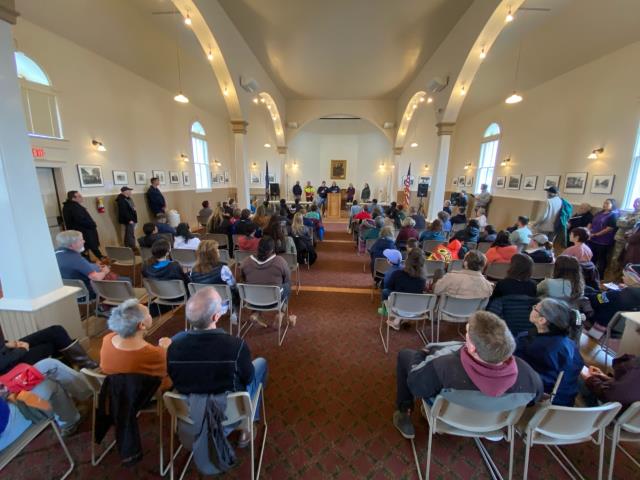
Speaking to community members in Nome.
GOLOVIN
I was initially only scheduled to make one stop in Golovin, however, upon meeting with FEMA Administrator Criswell in Nome, I pressed the importance of her and her team not only visiting Nome, but also a village while in-region. Because of that advocacy, we were able to join the National Guard for assisting with a brief visit in Golovin, where the FEMA Administrator was able to see increased resource and logistical challenges as residents began their home repair. Communities may be close together on a map, but experience a range of unique impacts as a result of Typhoon Merbok. In Golovin we saw houses that were literally moved from their foundations due to storm surge and inundated the community.
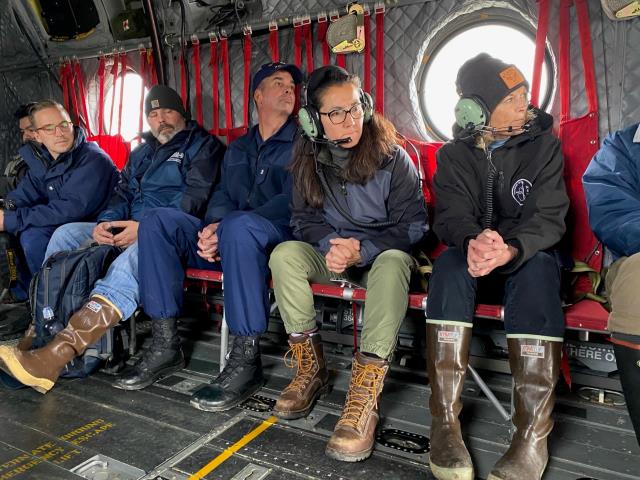
On the National Guard flight to Golovin.
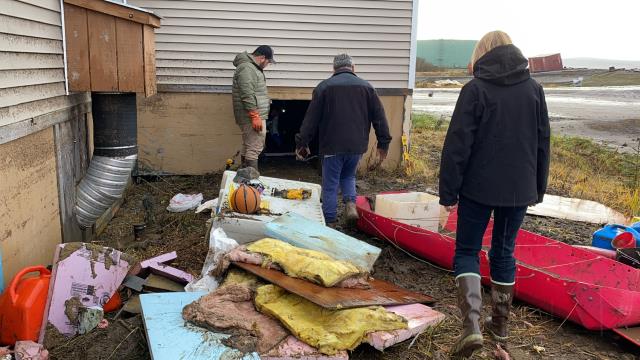
Assessing flood damage to homes.
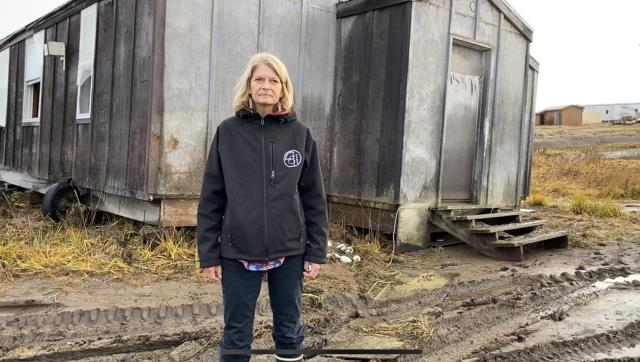
Click here to watch video.
ELIM
The community of Elim suffered significant damage to their shoreline and transportation infrastructure, including 8 miles of an 11-mile road to the subsistence use area of Moses Point. I saw how the main frontage road, previously paved with asphalt, had been peeled up and washed away, and how a house teetering over a bluff was stabilized with a telephone pole as the tribe worked to save it. On top of road damage, entire fish camps were washed out and they lost primary cranberry patches, which provide their only source of vitamin C for the winter.
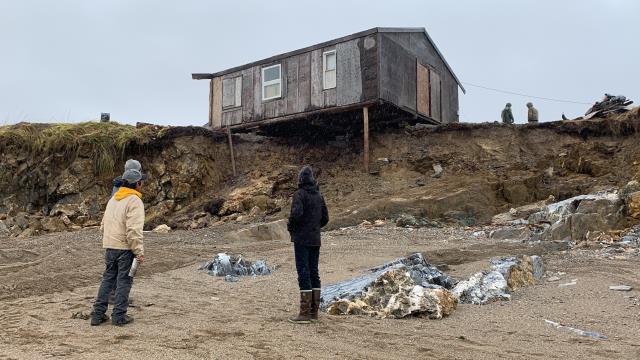
In front of the lifelong home of an elder, located on the edge of a bluff, temporarily being held up by a telephone pole. The ground beneath it – and entire swaths along the surrounding coast – had been completely obliterated.
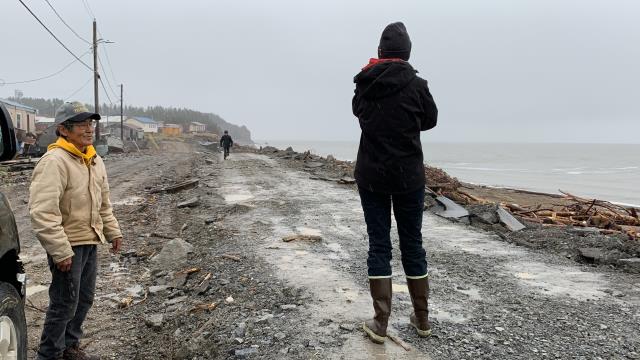
Surveying damage to Elim’s roads: 8 miles of the 11 mile road to Moses Point – a subsistence use area vital to their livelihoods – was wiped out during the storm.

Click here to watch video.
HOOPER BAY
In Hooper Bay Representative Peltola and I took a walking tour to survey the damage. It was unnerving to see snowmachines, motors, and boats littered across the tundra – all devastating losses of tools and equipment that are vital to their survival and the subsistence way of life. A number of homes experienced severe water and structural damage – including homes moved off of their foundations – displacing multiple families.

Walking tour of storm damaged homes and infrastructure.

Click here to watch video.
CHEVAK
Chevak had declared a state of emergency just days before our visit. We went to the Ninglikfak River where subsistence skiffs are usually kept but instead saw damaged and capsized boats, and completely destroyed subsistence items such as nets and drying racks. Chevak, like all of the communities we visited, saw considerable shoreline erosion from the powerful storm.
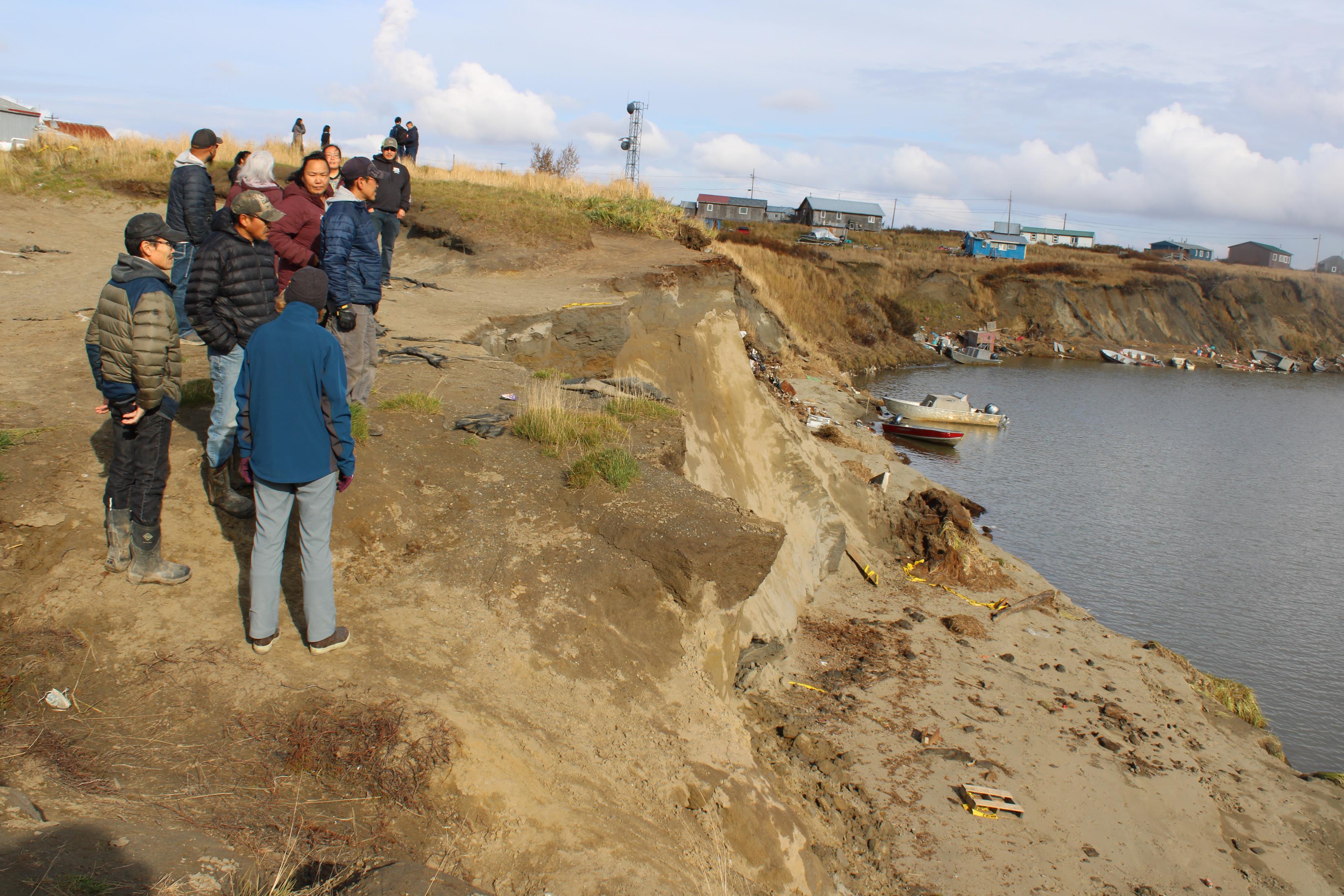
Click here to watch video.
|